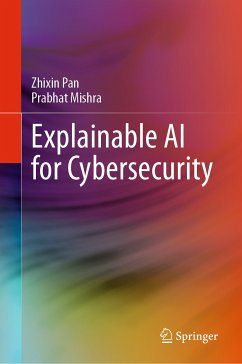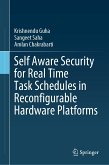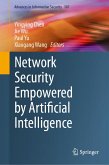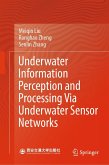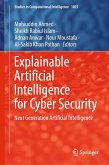This book provides a comprehensive overview of security vulnerabilities and state-of-the-art countermeasures using explainable artificial intelligence (AI). Specifically, it describes how explainable AI can be effectively used for detection and mitigation of hardware vulnerabilities (e.g., hardware Trojans) as well as software attacks (e.g., malware and ransomware). It provides insights into the security threats towards machine learning models and presents effective countermeasures. It also explores hardware acceleration of explainable AI algorithms. The reader will be able to comprehend a complete picture of cybersecurity challenges and how to detect them using explainable AI. This book serves as a single source of reference for students, researchers, engineers, and practitioners for designing secure and trustworthy systems.
- Introduces a wide variety of software and hardware vulnerabilities;
- Describes solutions for detecting security attacks using explainable AI;
- Presents a fast and robust framework using hardware acceleration and mitigation of adversarial attacks.
Dieser Download kann aus rechtlichen Gründen nur mit Rechnungsadresse in A, B, BG, CY, CZ, D, DK, EW, E, FIN, F, GR, HR, H, IRL, I, LT, L, LR, M, NL, PL, P, R, S, SLO, SK ausgeliefert werden.

